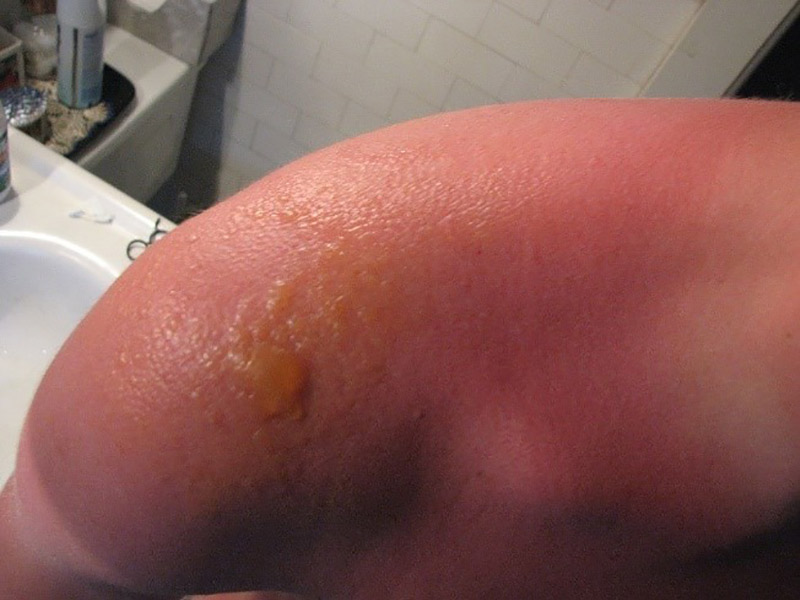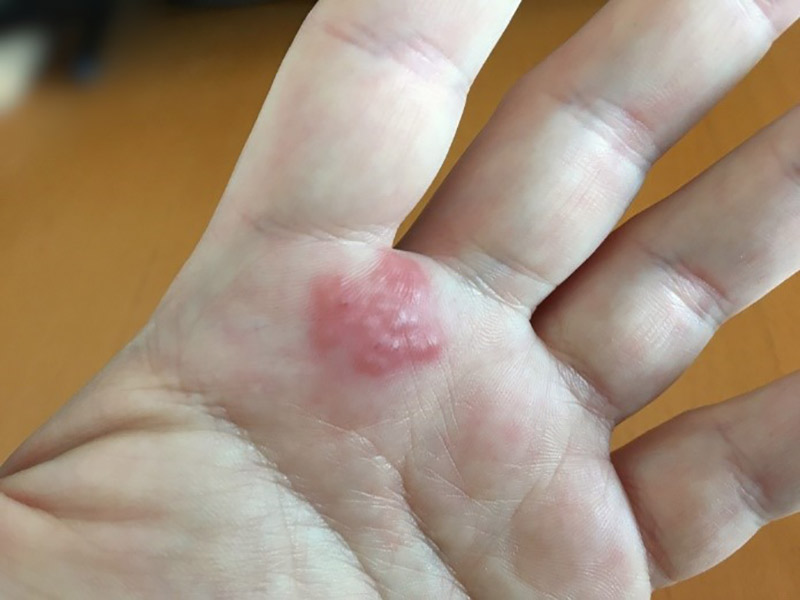Get Ready for Summer Fun and Summer Skin Care!
As COVID19 restrictions lift it’s time to go outside again! And do you know what that means? It’s time for our colleagues and customers to start stocking up on solutions to care for Sunburn and ACD. What’s ACD? That’s Allergic Contact Dermatitis and it’s rough…literally. This is also Arizona remember, we’re only just getting onto the down slope for temperatures and we can and have seen triple digit days all the way into October.
First: What Is Sunburn… Really?

Ouch. Sunburn is a type of Radiation burn which affects the living tissue of the skin and any other living tissue overexposed to ultraviolet or UV radiation, usually from the Sun. Clinically sunburn is an inflammatory response in living tissues triggered by direct DNA damage from exposure to UV radiation. As cells are damaged, cell death occurs resulting in the damaged tissue being shed and replaced. According to The Mayo Clinic in Arizona,
“Once you have sunburn, the damage is done — although it may take 12 to 24 hours after sun exposure to know the full extent and severity of sunburn, and several days or more for your skin to begin to heal.”
Here are some of the most commons symptoms:
- Reddened, discolored skin
- Skin that is hot to the touch
- Fatigue
- Dizziness
- Blistering
- Peeling skin
It isn’t going to kill you though! (Said most of our Grandmothers..) But believe it or not: it can. While rare there have been deaths directly caused by sunburn. eMedicineHealth writes, “More severe cases (sun poisoning) are complicated by severe skin burning and blistering, massive fluid loss (dehydration), electrolyte imbalance, and possibly infection.”
“With too much exposure, severe untreated sunburn can cause shock (poor circulation to vital organs) and even death.”
In extreme cases excessive doses of UV radiation causes the formation of typically non-malignant tumors and studies have suggested that long term exposure can cause basal cell carcinoma, squamous cell carcinoma and melanoma.
What are the best treatments for a bad sunburn?
Other than a ton of Aloe Vera and cool compresses and a nap, there are some clinical treatments out there that General Practitioners and Pharmacists need to have on hand to handle the painful consequences of fun in the Desert:
- Nonsteroidal anti-inflammatory medications (NSAIDs).
- Oral steroid therapy such as Cortisone can be prescribed for severe cases dosed over several days.
- For associated dehydration and heat stress IV fluid replenishment may be recommended.
- Silver sulfadiazine 1% cream or Thermazene, can be used for sunburns on the body, but not on the face.
- The most severe cases may require admission to a burn unit.
According to The Mayo Clinic, “Beware of sunburn treatment products containing anesthetics, such as benzocaine. There’s little evidence that these products are effective. In some cases, they may even irritate the skin. Benzocaine has been linked to a rare but serious, sometimes deadly, condition that decreases the amount of oxygen that the blood can carry. “
Also leave your blisters alone and DON’T peel your skin if you can avoid it, instead, wash gently with a damp cloth and MOISTURIZE.
What about Allergic Contact Dermatitis

Allergic Contact Dermatitis or ACD according to PharmacyTimes is another ailment that is commonly associated with the Summer and being outdoors. The wrote,
“As people spend more time outdoors during the summer months, they might encounter reaction-causing plants such as poison ivy, poison oak, and poison sumac.
When skin is exposed to these plants, a red rash may develop. Symptoms of exposure include various degrees of itching, presence of bumps and blistering, and occasionally weeping and crusting.
This rash development is due to an allergic reaction to urushiol, an oil found in these plants. Simply brushing up against the plant might be enough to cause a reaction. Usually, the reaction will show 1 to 2 days after exposure but could present as early as a few hours after exposure.
The reaction will typically follow a pattern called a crescendo reaction, meaning the rash will start small and get worse before it gets better. Although the reaction is self-limiting, it might take up to 3 weeks to fully clear.”
Treatment for ACD is pretty straightforward, and mostly revolves around prevention of recurrence, but as far as treating it directly it’s quite similar to sunburn. Steroidal creams and ointments are applied one to two times a day for two to four weeks and even Oral corticosteroids to cut down inflammation and antihistamines to relieve allergic reactions. Potentially antibiotics may follow to prevent infection.
As the Summer cools down, lockdowns relax and venues open, you need to be safe in the sun. Use sunscreen liberally, cover up when in direct sunlight and stay in the shade where possible. Most of all, have some fun.
Apotheca Wholesale Pharmaceuticals is well equipped to help you support your patients and customers for their fun in the sun. We have all of the qualities you’re looking for in a Pharmaceutical distributor and we’re in this together.
Contact us today at Customerservice@apothecainc.com or call us at 602-252-5244.
